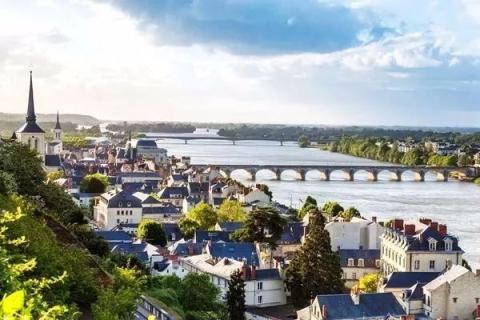
The Loire River is the longest river in France, with a total length of about 1020 kilometers. The Loire Valley is located in the plain basin of the middle reaches of the Loire River in central France. It has flat terrain, dense forests, and a mild climate. It is on both sides of the valley. The beautiful scenery attracted many French kings to build castles here, and at the same time brought a large number of nobles to flock here. Therefore, there are about 300 castles on both sides of the Loire River, and there is on the valley side. 70Multiple, a large number of high-quality architectural heritage, especially the breathtaking castles and courtyards, making this place known as"The Garden of France",Since 2000, the entire area has been listed as a World Heritage Site by UNESCO.

We definitely don’t have the time or energy to visit all the castles, so we only selected a few representative castles to take a closer look.
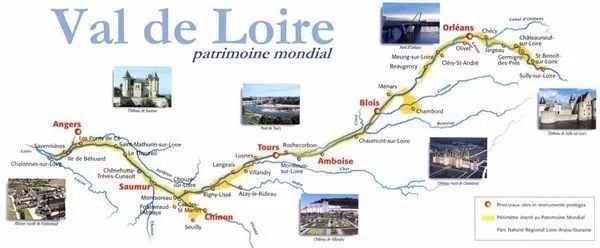
1. Chambord
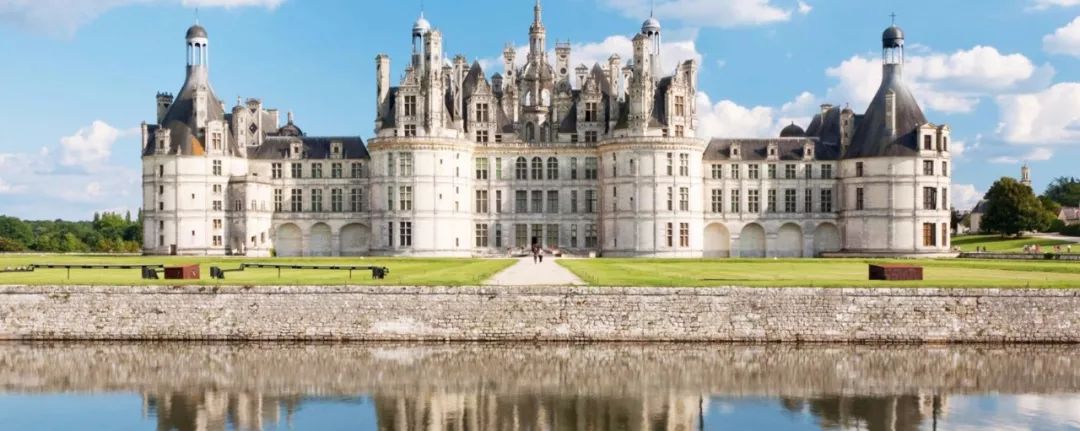
The most famous is Chambord. If you can only see one castle, it is this Chambord; Chambord covers an area of 5440 hectares, and the vast forest surrounding the castle is the castle wall. Stretching for 32 kilometers, it was a bit strange when we drove in. We suddenly seemed to have entered a large forest. It turned out that we were already in the castle. It was built at the end of the reign of Francois I. This fence, in this territory, oak forests, pine forests, grasslands, swamps, and forest glades are decorated with the beauty of nature. Roe deer and wild boars live freely here. In 1947, the Shampoo territory was Listed as a national wildlife and hunting nature reserve.
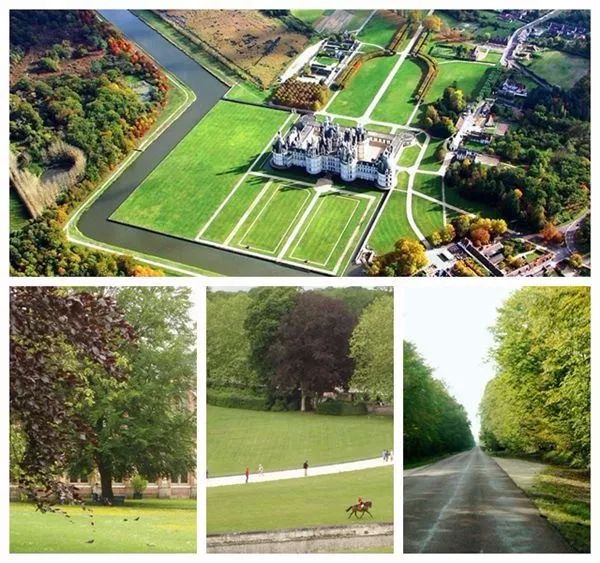
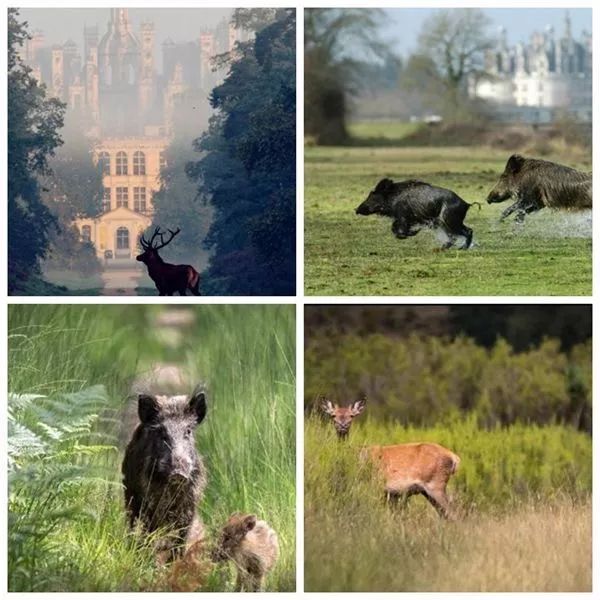
Chambord is a masterpiece of François I, which represents his persistence in dream and his love for art and luxury: the huge white castle is exquisitely carved and has a total of 365 fireplaces. The spire and bell tower soar into the sky to symbolize eternity. Although Chambord was built under the orders of Francois, it was not completed during his reign. The construction of the entire castle took 138 years. But it is one of the few buildings that basically maintains its original appearance. One of the buildings whose design has been preserved to this day.
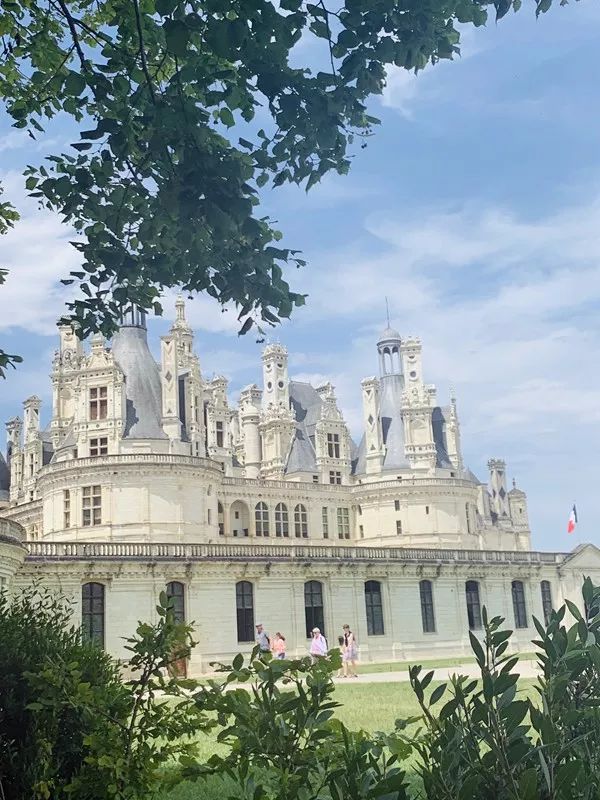



The castle has a total of 440 rooms and 84 stairs. Stepping into the main castle from the main entrance, you immediately find yourself in a bright and spacious marble palace, facing the famous " double spiral staircase " . The double-spiral spiral staircase has two symmetrical entrances and exits on each floor. Both parties will not meet when going up and down. It is said that this is to avoid the embarrassment when the queen and her mistress meet. Although they can see each other, they don't have to walk across to say hello. Many of the specialties of the French court are very interesting. I recently watched "The Queen of the Wind" and found the various palace battles in the French court very interesting.


The back of the staircase is carved with a continuous totem and coat of arms, representing the salamander pattern of François I, filling the entire wall and ceiling.
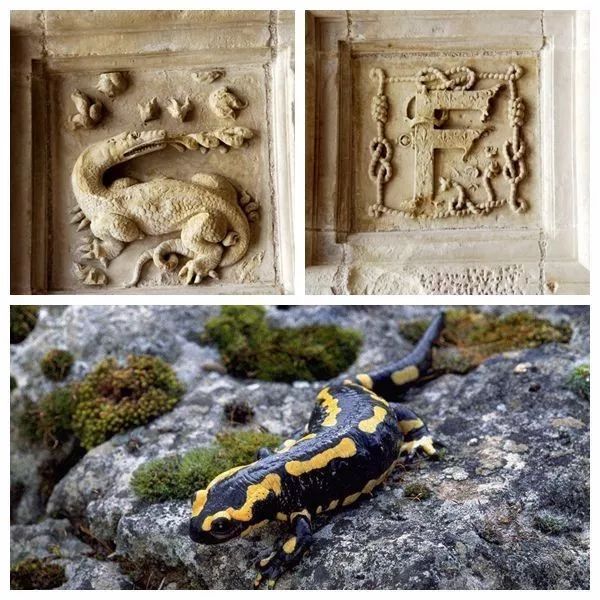
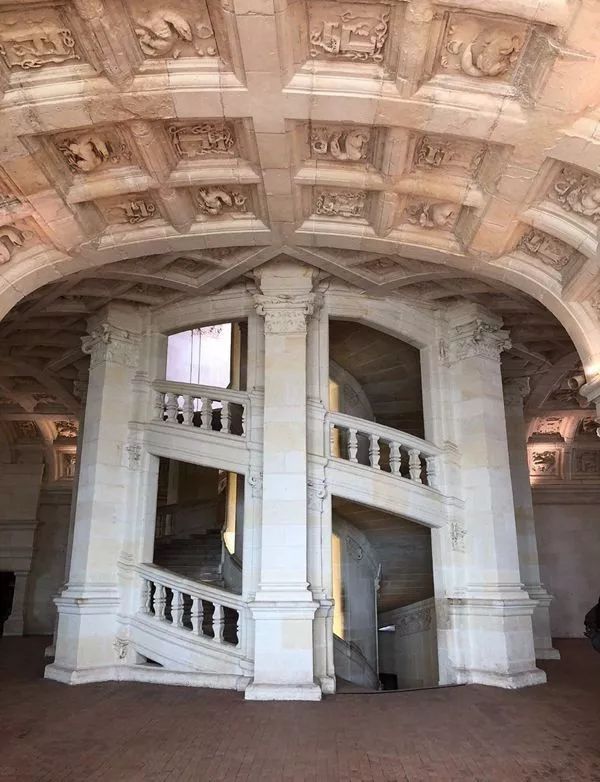
There are currently only 66 rooms in the castle open for tours, including the living room of Louis XIV, which displays portraits of emperors of the Bourbon dynasty, including Louis XVI who was sent to the guillotine, and Louis who subsequently restored the monarchy. 18. Portraits of Charles X, carriages, tableware, scepters, crowns, royal utensils, etc.
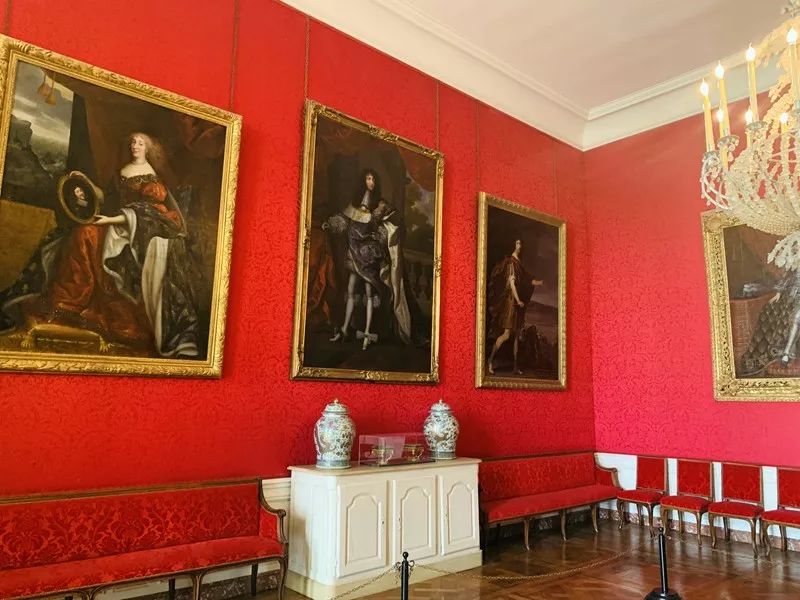
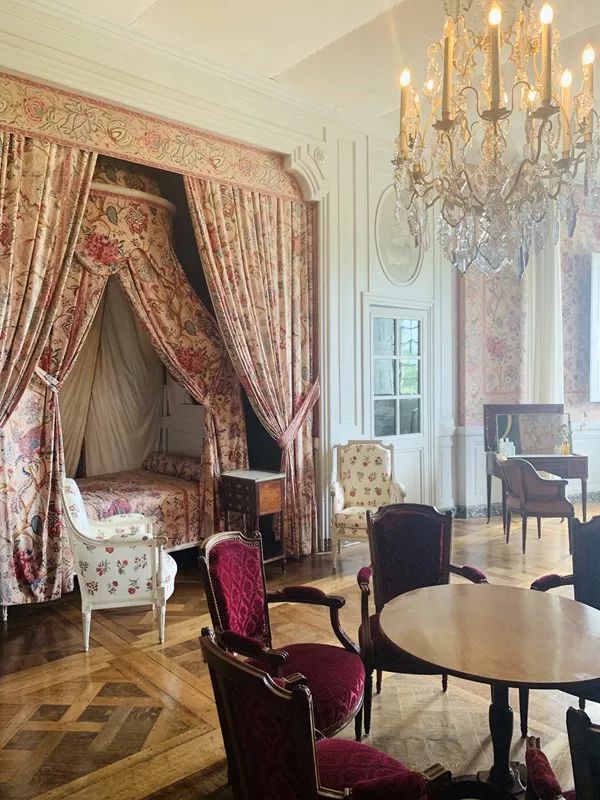
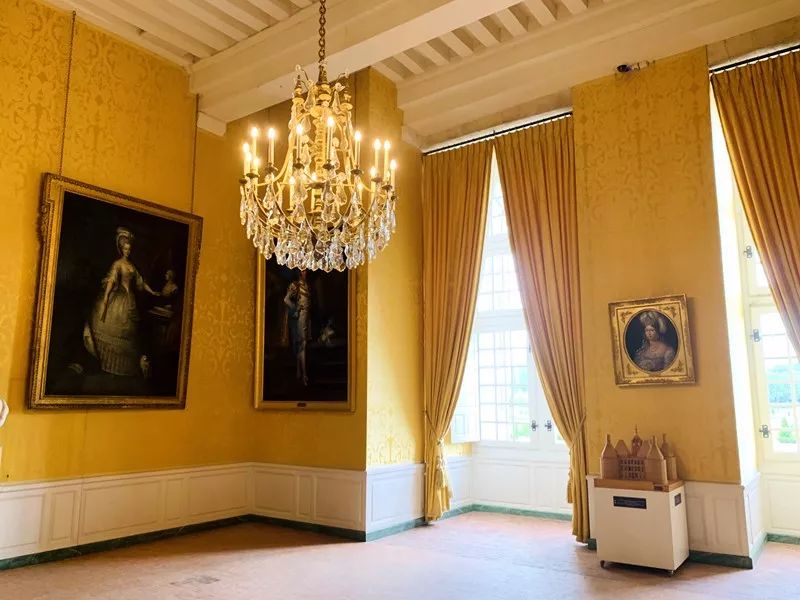
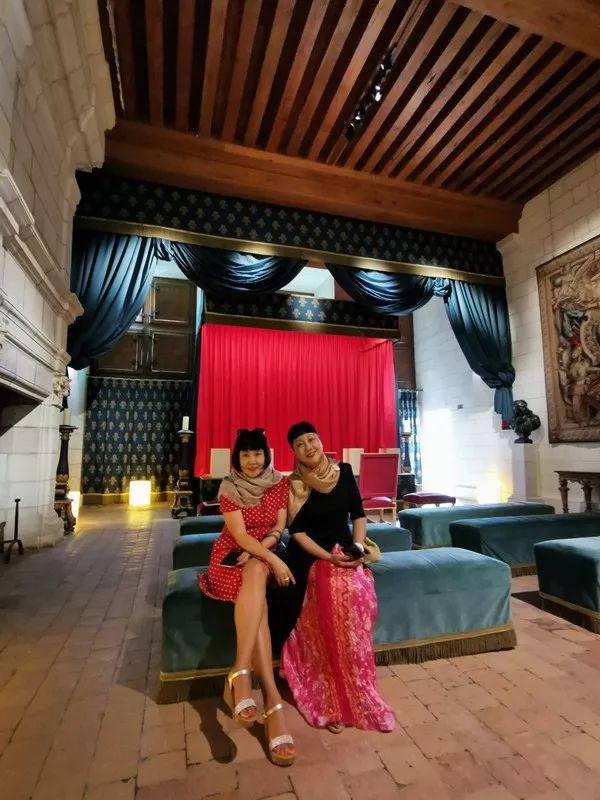

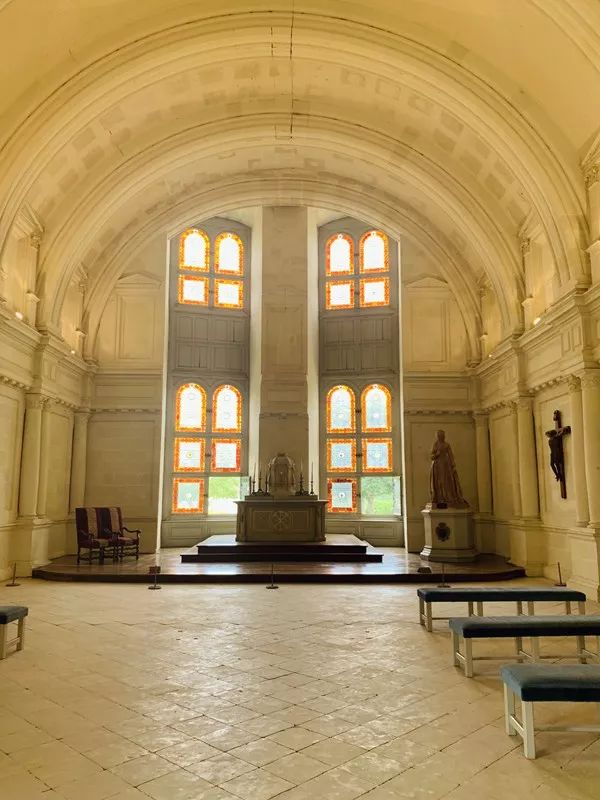

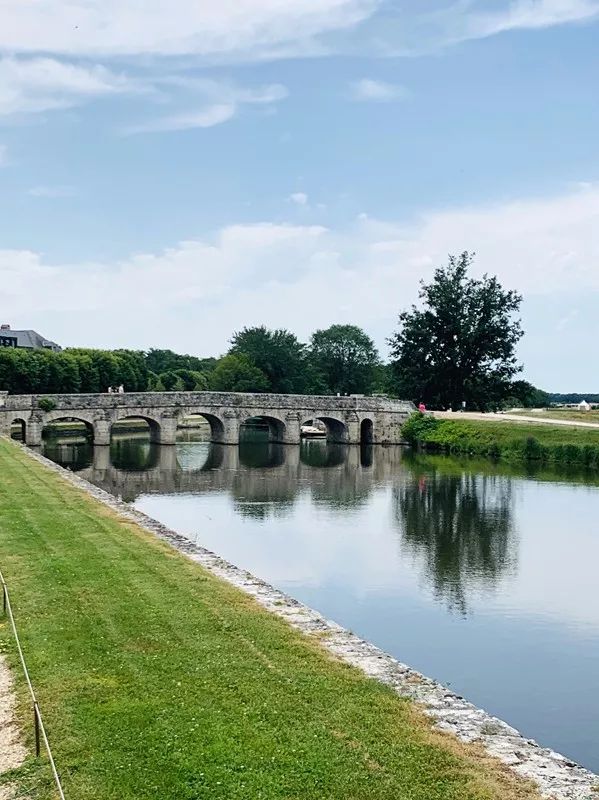
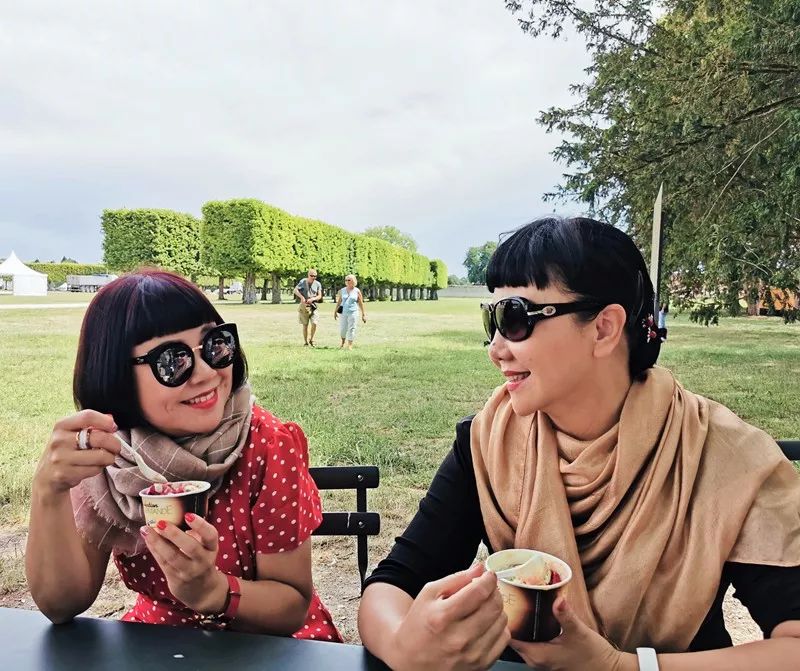
2. Castle of Chenonceau

If Chambord is a king, Chenonceau Castle is like a queen. Chenonceau Castle is also known as the castle of women. There were 7 mistresses before and after Chenonceau Castle. , each hostess remodeled or decorated the castle to a greater or lesser extent according to her own wishes.
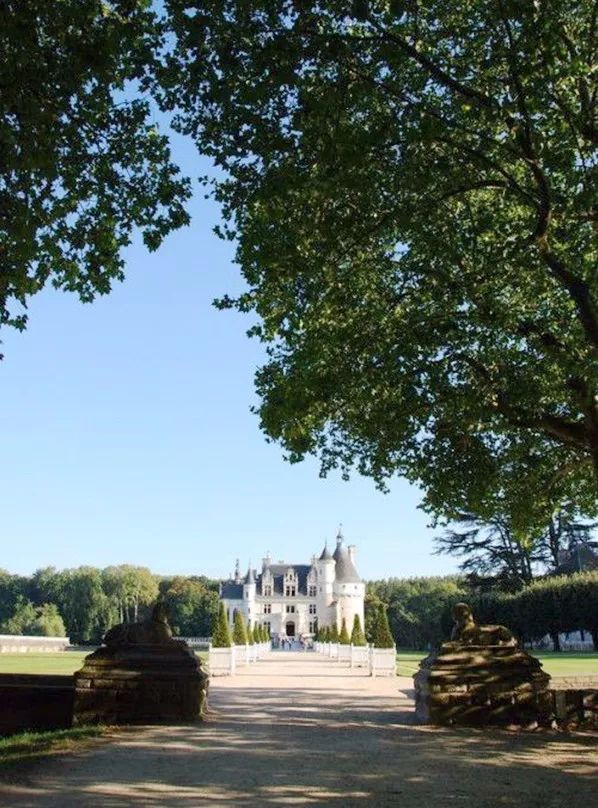
Because I have recently been keen on watching "The Queen of the Wind", I am even more interested in Chenonceau Castle, because this castle has many connections with the plot. Henry II is the second son of Francois I, and after he succeeded to the throne, he married Catherine. · De Medici was the queen (the Medici family also has many stories), but he had an extremely obsessed mistress, Diana. It is said that Diana was more than 20 years older than Henry and was once his teacher. Diana had With her ageless appearance (it is said that the secret to her beauty is to swim in the cold river in the morning, then go hunting on horseback, then come back to sleep and not get up again until noon), Diana also gave birth to King Henry's eldest son; Although my sister made fun of me for watching TV series to learn history, I don’t think so. People who have no interest in history can only rely on TV series to supplement their knowledge.
The Château de Chenonceau was a gift from Henry II to Diana. Diana was not only beautiful but also intelligent, and had business acumen. She managed the castle in an orderly manner. She supervised the development of the castle's flower gardens, orchards and vegetable gardens, and decorated it as it was at that time. The most artistic gardens and a long bridge across the Cher River, making the Château de Chenonceau the only castle in the world with a bridge.


On the right side of the castle is "Diana Garden" , which is the largest garden in the castle with eight large triangular lawns.
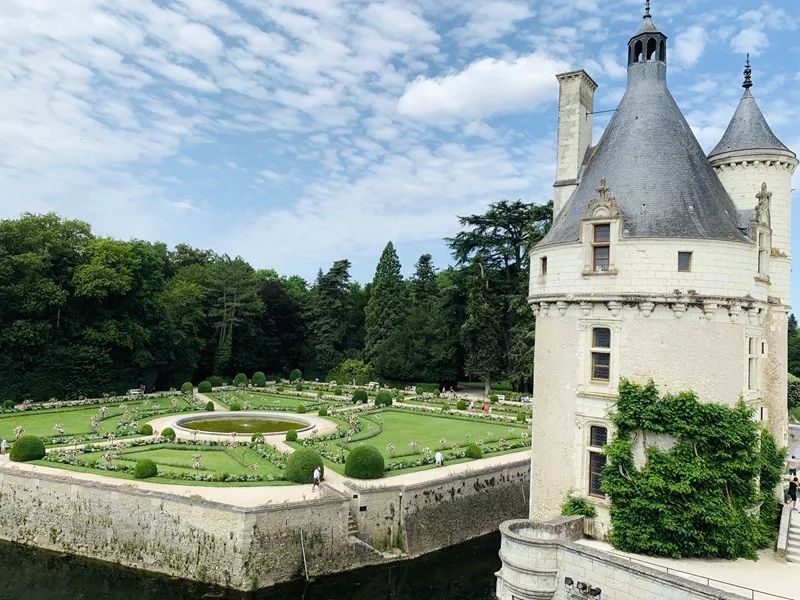
On the left is "Catherine Garden"

But Diana's good days did not last long. After King Henry's death, Catherine, the queen of the palace, drove Diana away. In addition to decorating the beautiful garden, she also continued to expand the castle. She built a double-decker bridge on the Cher River. The promenade holds grand festivals here; during World War I, it was transformed into a hospital. There is a photo of the wounded man lying on the hospital bed, holding a fishing rod out of the window to fish. During World War II, one end of the corridor was an enemy-occupied area and the other end was a free area. The Castle of Chenonceau was also nearly destroyed by the Germans.
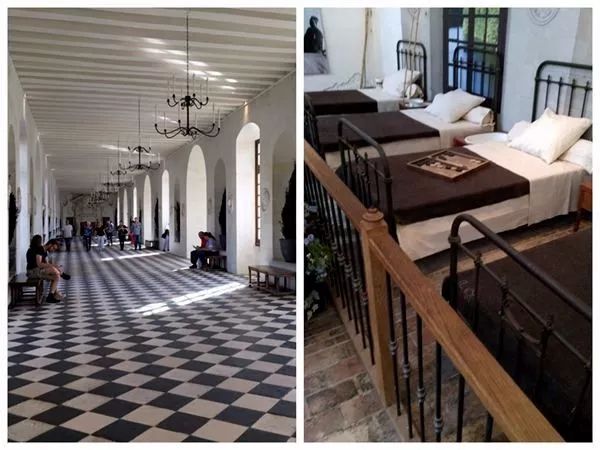
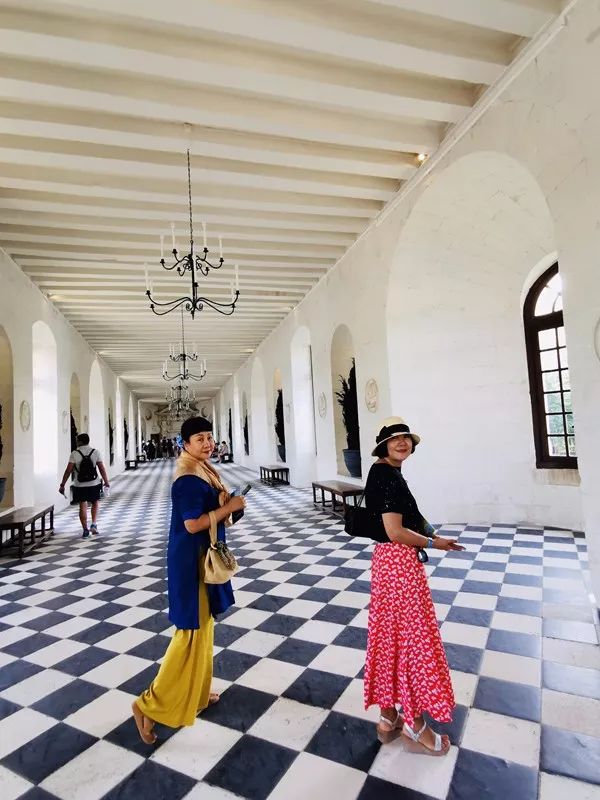
The first room you visit when entering the castle is - the guard room. The portrait on the fireplace is that of Catherine· de·Medici. The sign on the fireplace "H" represents Henry II, and the double "C" is Catherine · de · Medici.
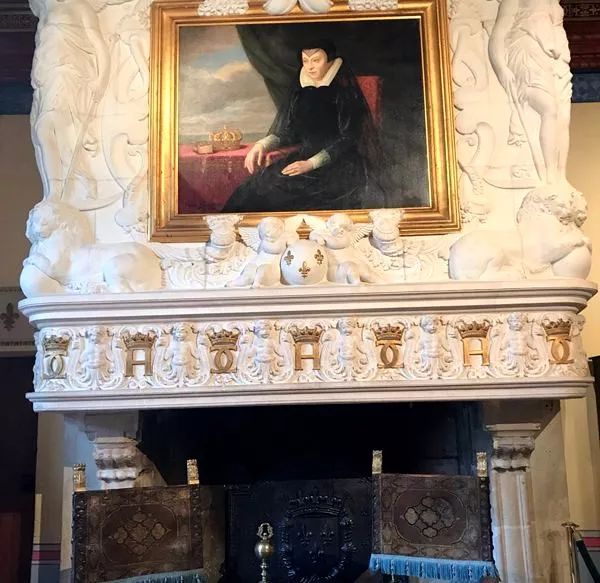
There is also Diana's bedroom on the first floor.
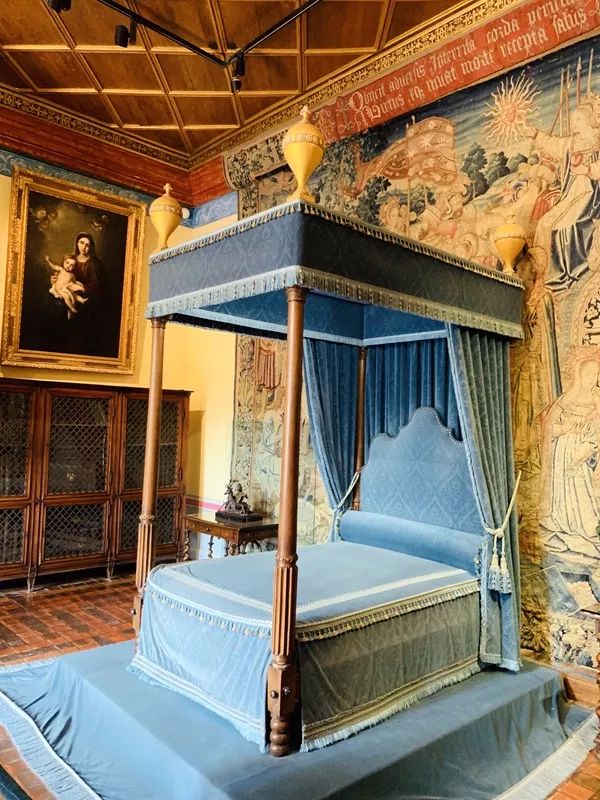
There are bedrooms for the four queens on the second floor.
queen catherine

Queen Catherine

queen caesar
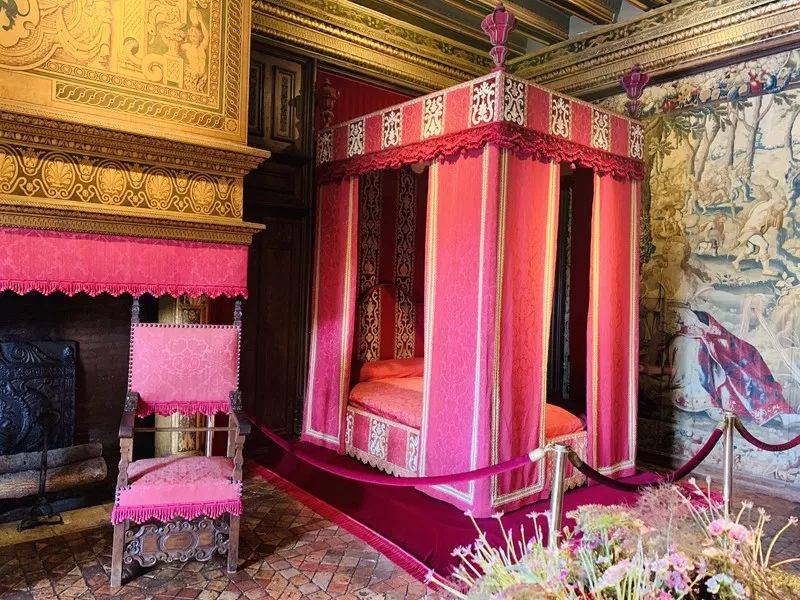
queen jabriel
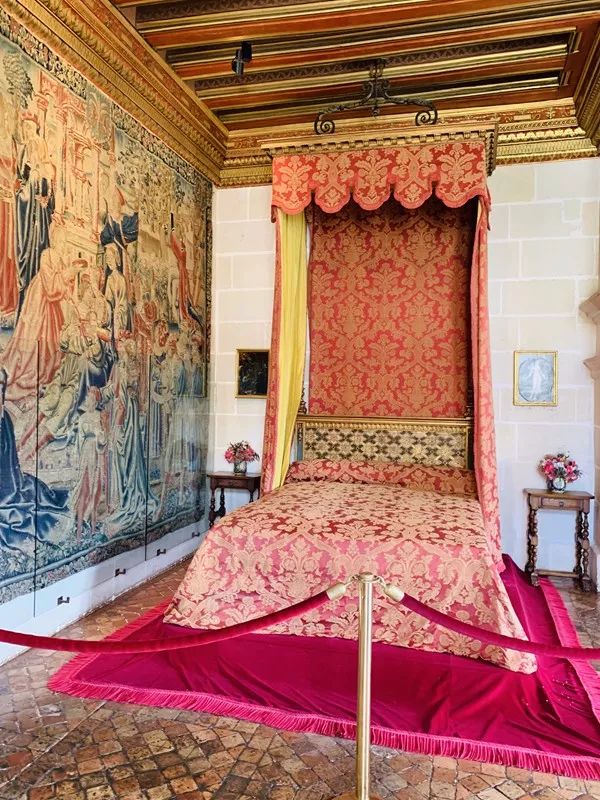
On the third floor is Queen Louise
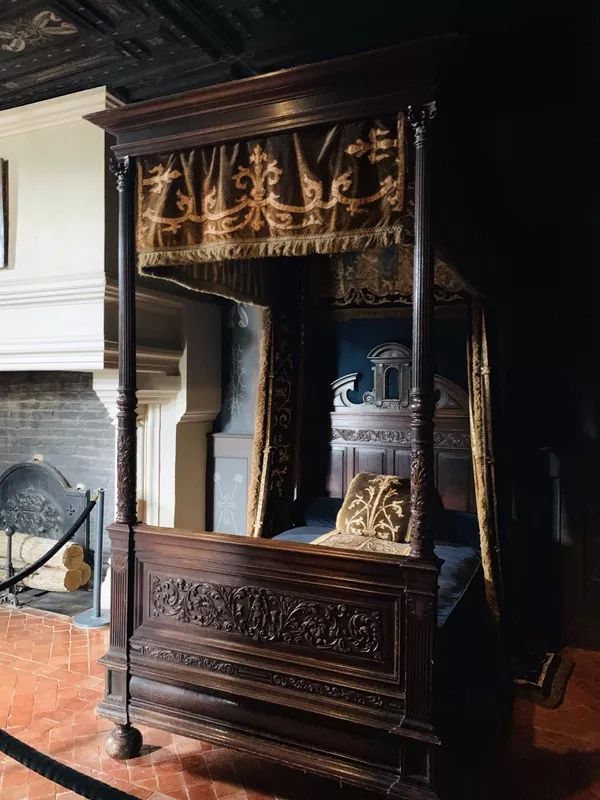
The basement part of the castle is the kitchen. It is indeed a royal castle. The kitchen is very large and has a bread oven. Even the kitchen scenery is beautiful.
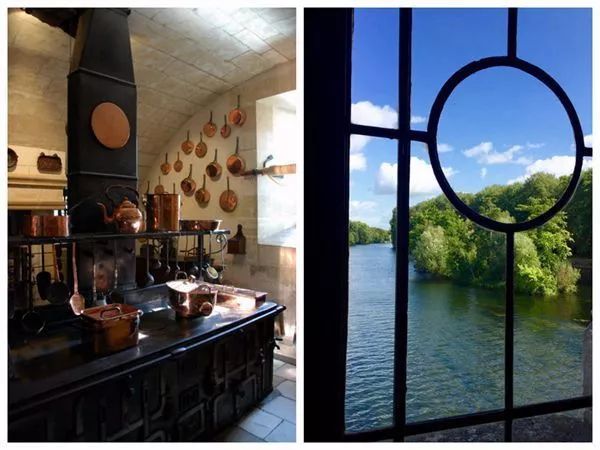
I want to say a few words about this portrait hanging in the room of " Louis XIV Salon " . She was also one of the mistresses of Chenonceau Castle —— Louis ·Mrs. Dupont (1706-1799), Mrs. Dupont was a representative of the Enlightenment era in the 18th century. She gathered the most popular people at that time in the salon of Chenonceau Castle. Outstanding elites such as Montesquieu, Voltaire, and Rousseau are all guests here. It is said that her wisdom saved the castle from the destruction of the French Revolution.
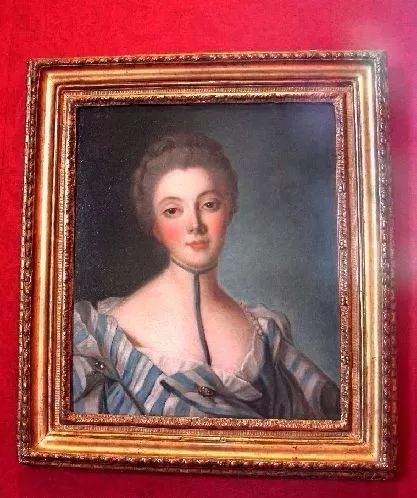
3. Clo Luce Castle & Leonardo da Vinci Park
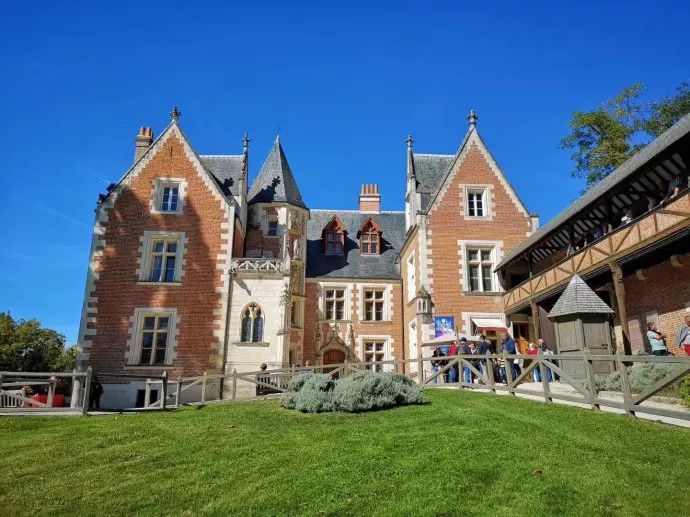
The Castle of Clo Luce is also known as the Castle of Crewe. This castle is much smaller than the previous two. The Castle of Crewe is known as the home of Leonardo da Vinci in Amboise, where he spent the last three years of his life. Spent it here.
1516 In 1612, at the invitation of Francis I, Leonardo da Vinci, along with his apprentices and attendants, 64 At the age of 18, he rode a mule across the Alps to France and settled in the Castle of Crewe. In his leather bag, he had a thousand books from Rome. Three beloved paintings brought by Li Tiaotiao. According to Cardinal Aragon's confidential secretary, he saw a work while visiting the Château de Clos Lucé: "It was a portrait of a Florentine lady, the late Julian de Medici. That was the Mona Lisa, painted between 1503 and 1514, which features Leonardo da Vinci’s famous sfumato technique. There is also "St. John the Baptist", completed at the Château de Clos Lucé, and "The Virgin and Child with St. Anne", which he continued to work on but never completed.

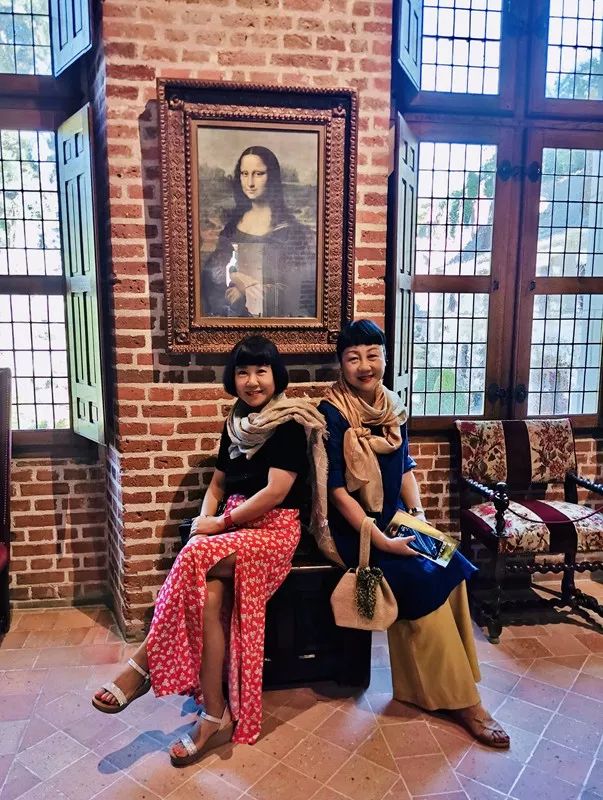
Francois I treated Leonardo da Vinci with the highest courtesy and appointed him "chief painter, king's architect and engineer". He placed Da Vinci in the castle, gave him the same salary as a prince, and funded him to complete the project. In return, the king only asked for the privilege of listening to his words and talking to him. The king enjoyed the pleasure of talking with the master every day. The king's sister also treated Leonardo da Vinci warmly, allowing the master to imagine and think freely. create.
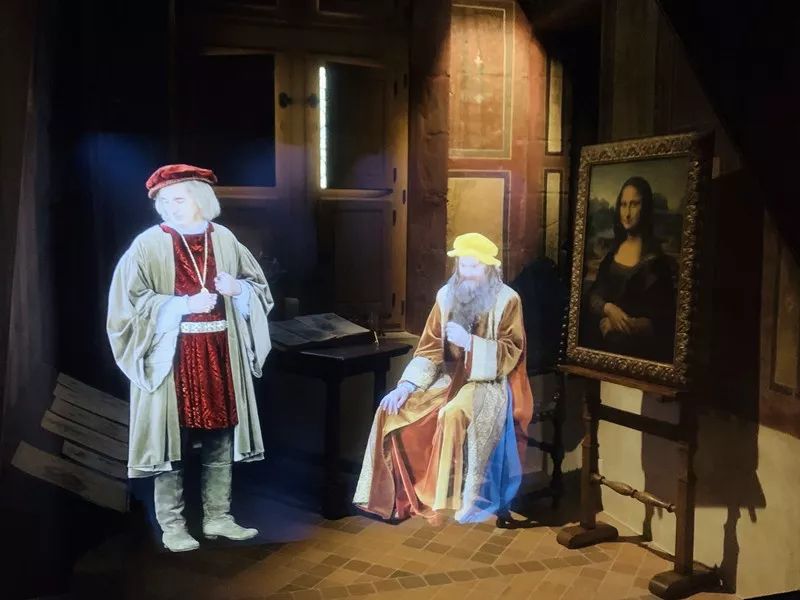
In Da Vinci's bedroom, a cat is sleeping peacefully on the bed.

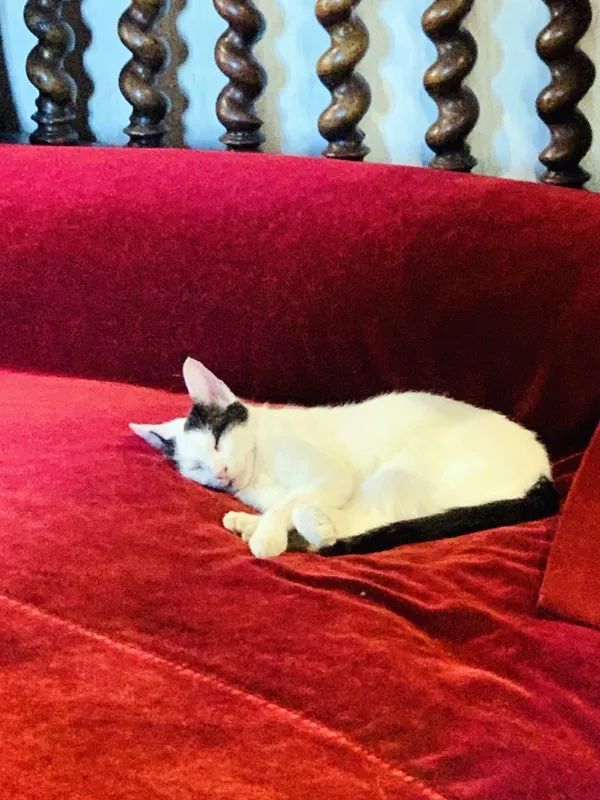
The bedroom of Francois I's sister Margaret, who wrote the famous collection of novels "Seven Days". Some of the stories took place in Amboise. The descriptions are lifelike and indeed literary.
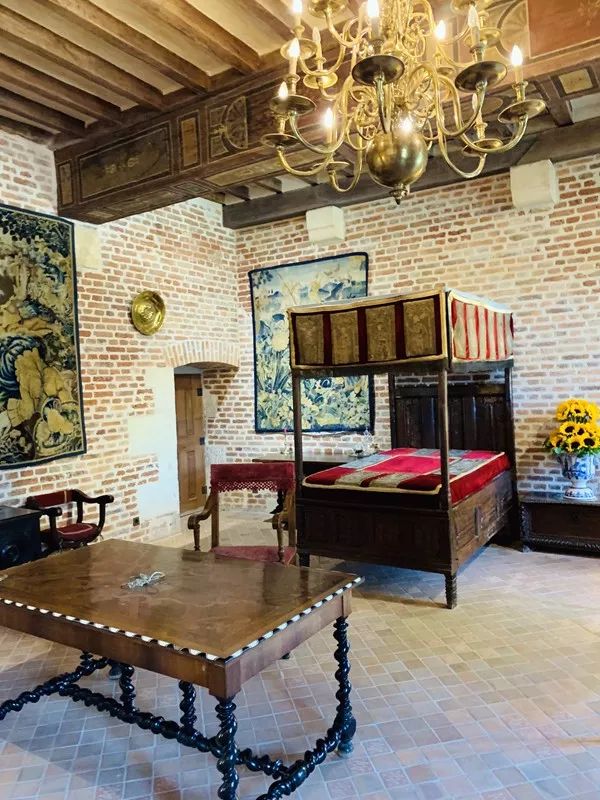
Da Vinci's studio is more like a laboratory

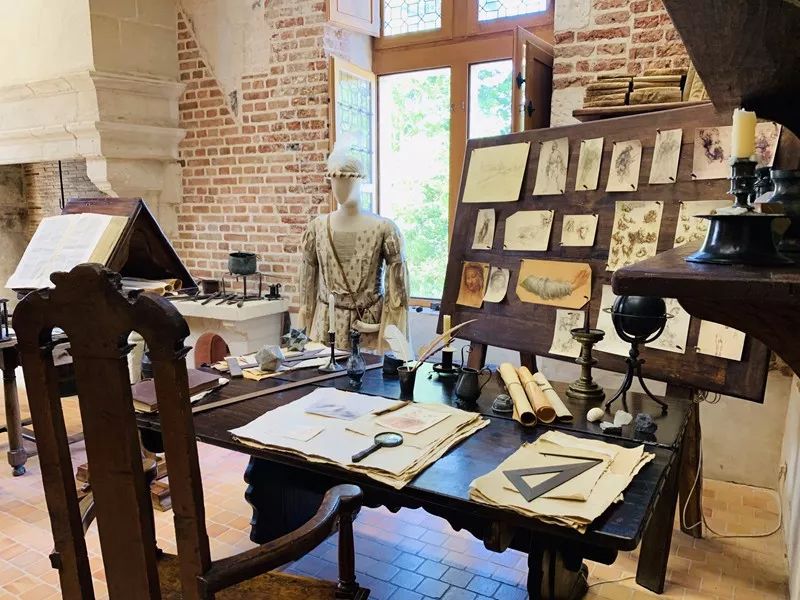
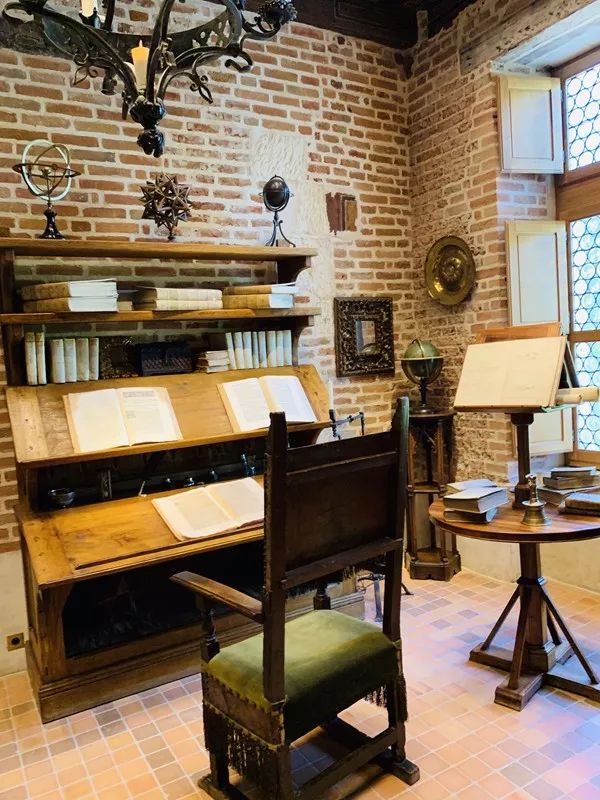


Renaissance Hall, mainly where Francois I chatted with Leonardo da Vinci

da vinci's kitchen

Da Vinci Park is located in front of the castle and includes six theme parks. In fact, it is a science popularization and art learning park. Because Leonardo da Vinci invented and created in many aspects during his life.
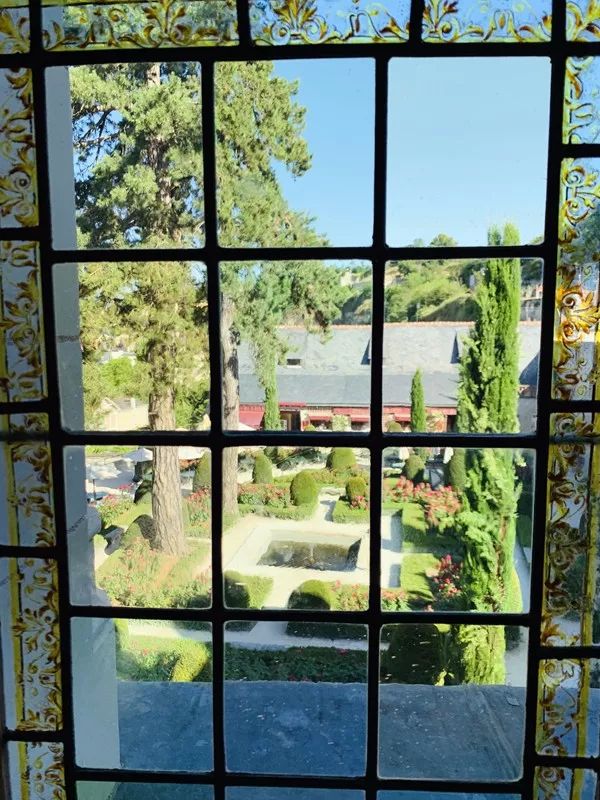
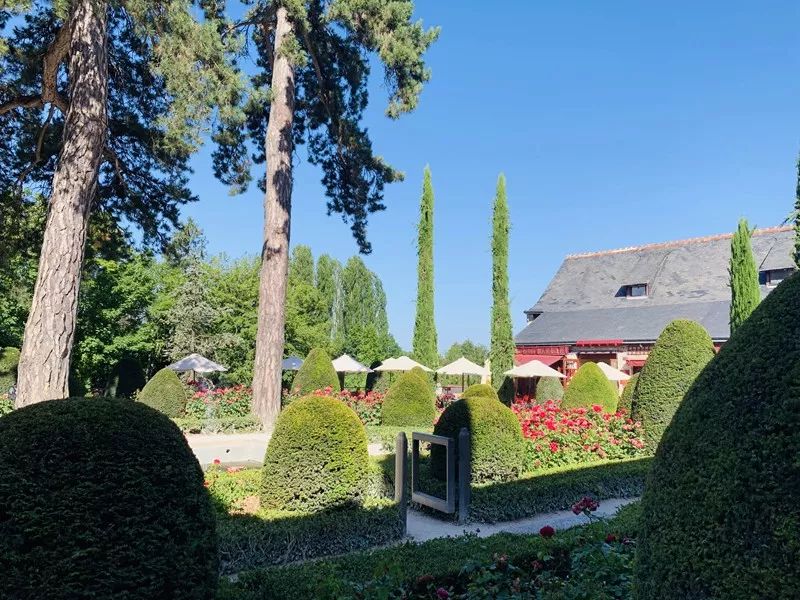
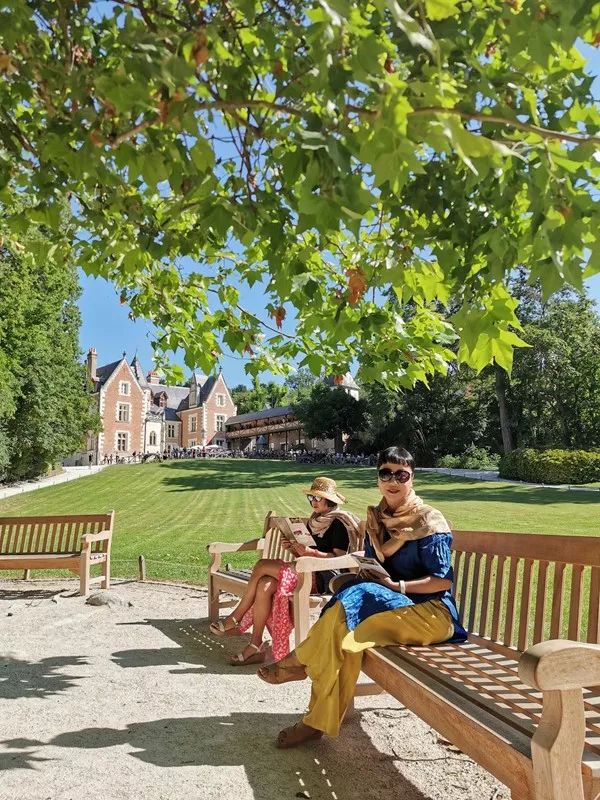
The first thing you see as you walk down the sandy path is the Leonardo Botanical Garden. The unique ecosystem of the Loire Valley swamp wetlands is completely preserved here. The various plants and seedlings planted here are all plants, flowers, and grasses that appeared in Leonardo da Vinci's drawings, sketches, and paintings.

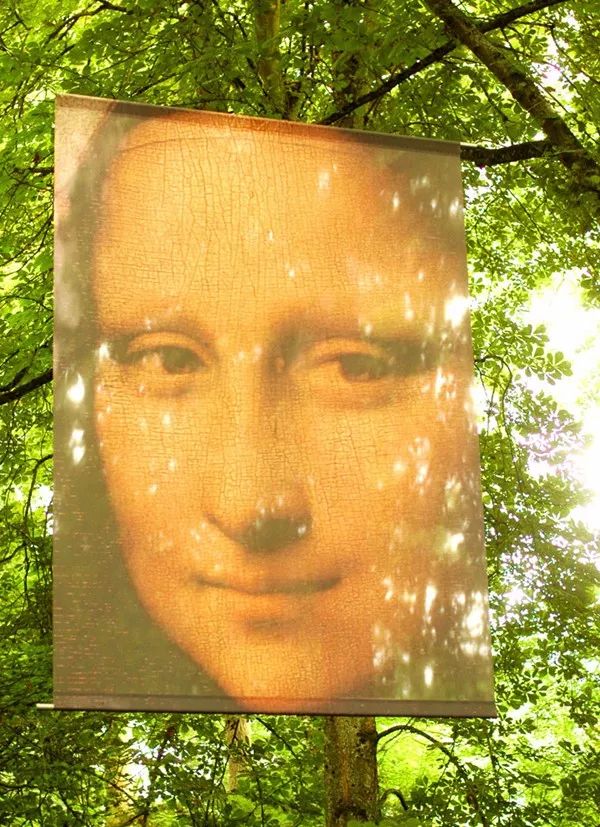
Leonardo da Vinci was also an engineer and military expert. By studying his manuscripts, engineers produced a variety of mechanical equipment, including chariots, paddle boats, fan-shaped volleys of guns, screw conveyors, cage wheels, ornithopters, etc..

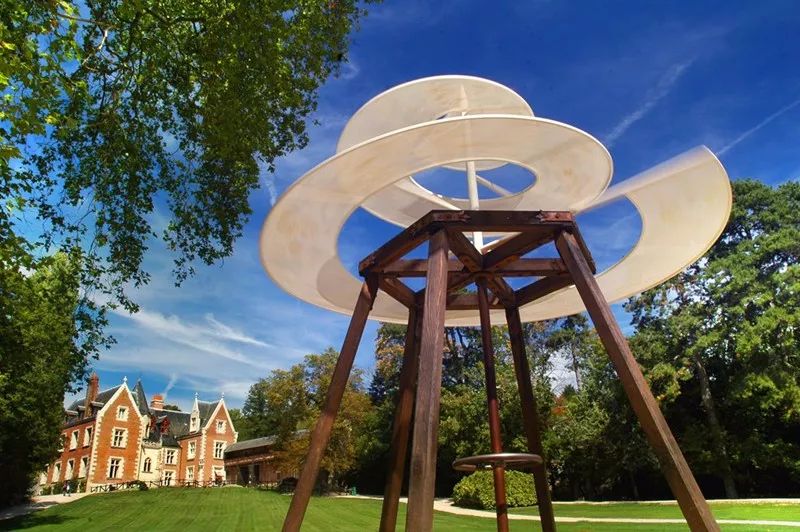
In order to make the paintings realistic, Leonardo da Vinci carefully studied human and animal anatomy, and he strictly adhered to traditional human proportion principles, such as the perfect "Vitruvian Man".

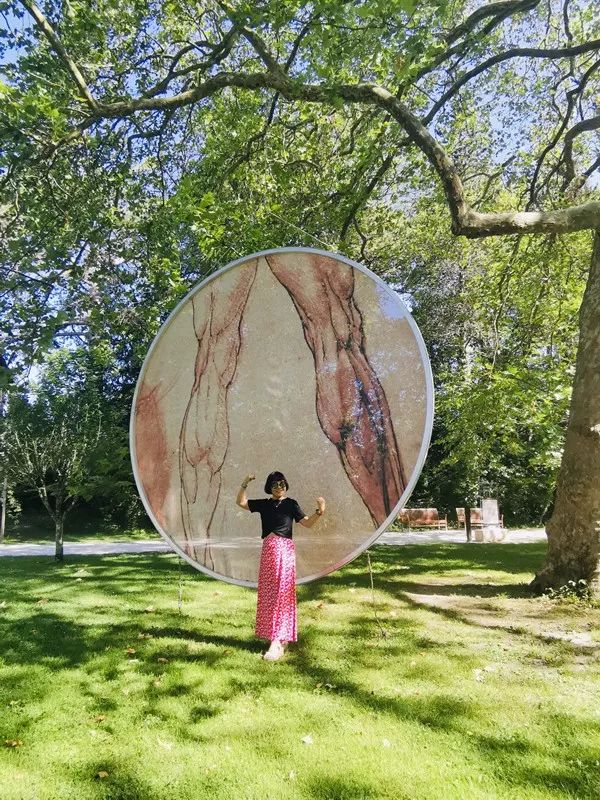
In 1502, Leonardo da Vinci painted a bridge for King Sultan Bajazet. The bridge spans the Bosporus, is 360 meters long, and connects the two sides of Constantinople. From an artistic and architectural perspective, it is a majestic masterpiece of contemporary design. The park built a model of the bridge to scale using elephant wood.

In 15192, Leonardo da Vinci passed away. It is reported that before his death, he deeply confessed and cried deeply, saying that he had violated the will of God and mankind and failed to respond to art. Some contributions, his disciple Francisco said in a letter to the Leonardo da Vinci brothers on 15196 month 15 that "he accepted the deathbed The sacrament carries God’s blessing out of this worldly life.”
